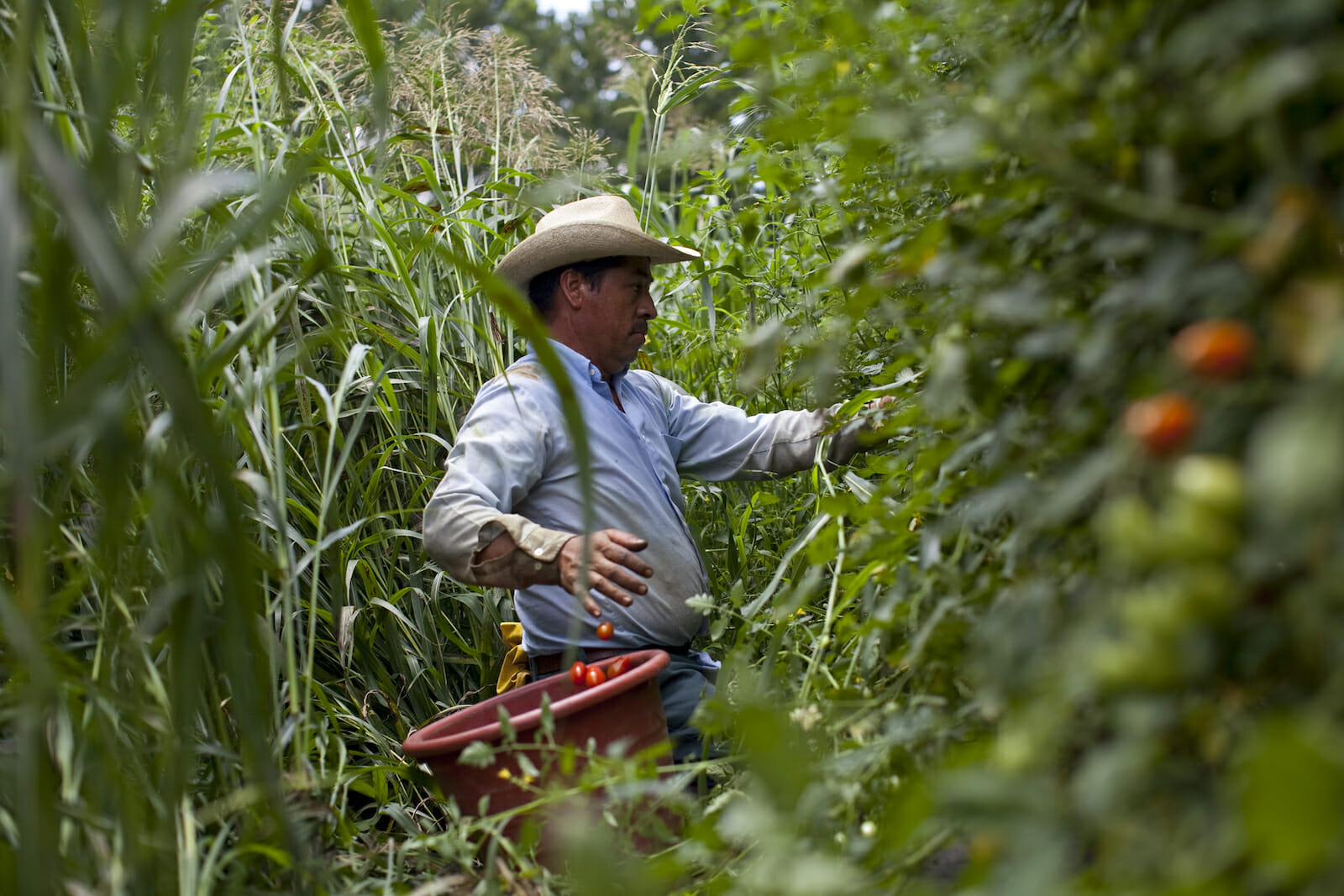
The Case for Immigration
America’s identity for the past two centuries or so has been largely defined by its acceptance of, as Emma Lazarus so eloquently puts it, the world’s “huddled masses yearning to breathe free.” This is what distinguishes us from otherwise similar European nations, and is arguably what makes our nation the most socially advanced in the world. However, our melting pot structure has long faced opposition from Americans seeking to limit ethnic diversity. This is sometimes a result of supremacist sentiment, but it more often stems from a desire to limit conflict. The latter argument holds some validity; cultural differences will ensue discord in a civilization, at least to some extent. But we are America. A land where individuality should be appreciated, and where coexistence should, therefore, be possible. We ought not to deny anyone the opportunity to contribute to the world’s largest and most valuable social experiment, regardless of their country of origin.
Currently, the requirements to become a naturalized American citizen are extensive and unrealistic. When seeking citizenship, they must first apply for a green card which, if obtained, gives them a “permanent resident” status. This sounds simple enough, but the reality is that as of late September 2019 there were still 572,501 pending I-485 forms (green card applications) from both that year and years past. And while that number is large, it was still a significant improvement from the 681,898 pending forms as of late June 2018.
Now, let’s say they get lucky and are approved for permanent residency status; they will have to leave their home and move themselves and their immediate family to a foreign country with no guarantee of a place to live or work. Despite what conditions they may endure there, they must persist for five whole years in order to fulfill a naturalization requirement. So they somehow manage to do so, and assuming they meet all the other criteria, they are now eligible to apply for naturalization. They fill out the N-400 form (of which there were still 647,585 pending at the end of 2019), and after all they’ve been through, applicants still have around a ten percent chance of being denied citizenship. It’s clear why so many immigrants choose to enter our country illegally, and why we therefore have a detainee crisis on the southern border.
The solution for the first issue, unfortunately, cannot easily be brought to fruition. Ideally, we could just revert immigration policy to what it was for the hundred or so years after our country’s inception. After all, assuming everyone in the world who wanted to live here did so, we’d only have around 135 people per square mile; far less than many of our first-world counterparts. Furthermore, this policy would be more demonstrative of the “freedom for all” doctrine our country is supposed to stand for. Unfortunately, while pro-immigration sentiment has steadily increased over the past couple of decades, only about thirty percent of Americans are keen to see immigration rates rise further. Many of those opposed continuously argue the same point: an increase in immigration would lead to fewer employment opportunities for those already living here.
However, the reality is that immigrants, particularly those of the lower class, often take jobs that others don’t want and that their continued immigration is essential to maintaining America’s workforce. These facts suggest that those making the aforementioned argument are doing so to conceal their true rationale for opposing heightened immigration rates. But as long as these people constitute the majority of our society, there isn’t a lot we can do besides continuing to make our case to the proper authority and anyone who will listen.
As for the detainee crisis, I still do not have a solution with which I am satisfied that would coincide with our current immigration policies. Those who came here seeking political asylum should be granted it; their extended detention is in violation of international law. But many of those being detained are not seeking asylum, and do not have the necessary documents to prove that they are either a permanent resident or a naturalized citizen. It’d be nice if we could just give them a green card and be done with it, but that would be unfair to those who have been waiting months, or even years, for the same opportunity. Alternatively, if we put them at the back of the queue, they themselves might have to wait for a similar amount of time. In which case, would they remain in detainment (potentially for years) until they are approved permanent resident status?
The only solution I can find calls for a complete revision of U.S. immigration laws, which makes it of utmost importance that we keep pushing for such revisions. One thing I can say though is that conditions in our detainment facilities need to be improved. Firsthand accounts of those residing within reveal the hypocrisy in our nation’s propagated doctrines of liberty and democracy. Our treatment of non-citizens, whom we have no legal duty to provide for, demonstrates our character to the rest of the world.
To quote the Russian Nobel laureate Ilya Prigogine, “entropy is the price of structure.” If we want progress, we must accept the disharmony that precedes it. Increased immigration rates would surely elicit an uproar from a significant portion of the population. But ultimately, the range of unique ideas brought forth by those entering our country would be invaluable. When used correctly, ideological conflict is the most effective way to stimulate growth. What better way to create such conflict than to integrate people from all over the world into a single society? For the rest of the world, we are the pioneers. It is our task to demonstrate that coexistence is not only possible in an institution but beneficial towards that institution’s progress.

